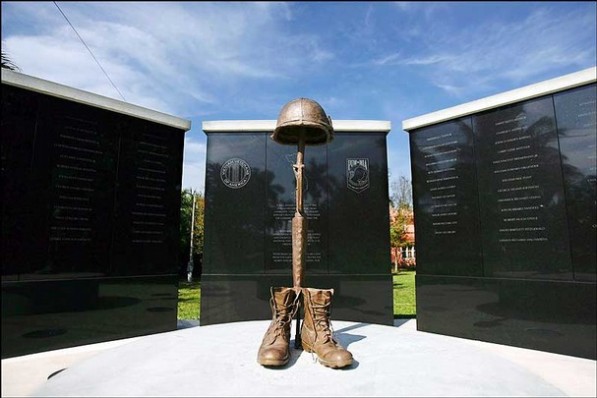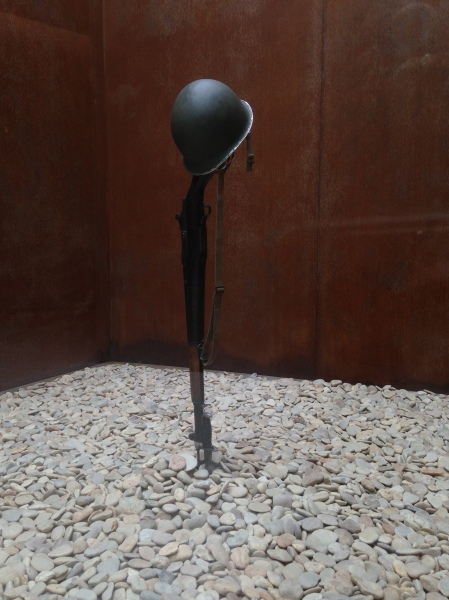As we discussed the presence of memorials and the practices that took place in these spaces, I remembered traveling to various parts of the Middle East such as Jordan and Lebanon and admiring roman ruins, visiting Petra and other sites of tourism that became historical through time. Museums existed in every country and although historical events took place in many spaces within those countries, they were not memorialized. It came to mind that the Arab people were not a people that longed for lieux de mémoire, rather I realized they were a people of absent memory.
While sitting in class we brought up plans to build a memorial in Iraq for the soldiers who died during the invasion. I could not remember ever visiting a memorial, apart from cemeteries as a place of ritual and memory. I vaguely remember seeing monuments that are to be preserved except a few that were put up in Lebanon after 2005. The two other monuments that exist in Lebanon are plaques that were placed when the French entered in 1919 and when they left in 1945. These monuments are not attached to any practice where one approaches it and a memory is recollected. It came to mind that the idea of a memorial in the Middle East, like the one in Iraq, is a Western and European practice. By appropriating previously incorporated practices in different spaces, colonialism takes place.
Although their are many wars that took place in the Arab region their were very few monuments to commemorate them. I understood that culture is exhibited and glorified while memories of war were to be kept sacred and personal. I imagine that not only would the practices of these memorials be repeated in foreign spaces but also the visuals would follow the practices in the direction they move.
Normandy Memorial
– Ranim



Leave a comment